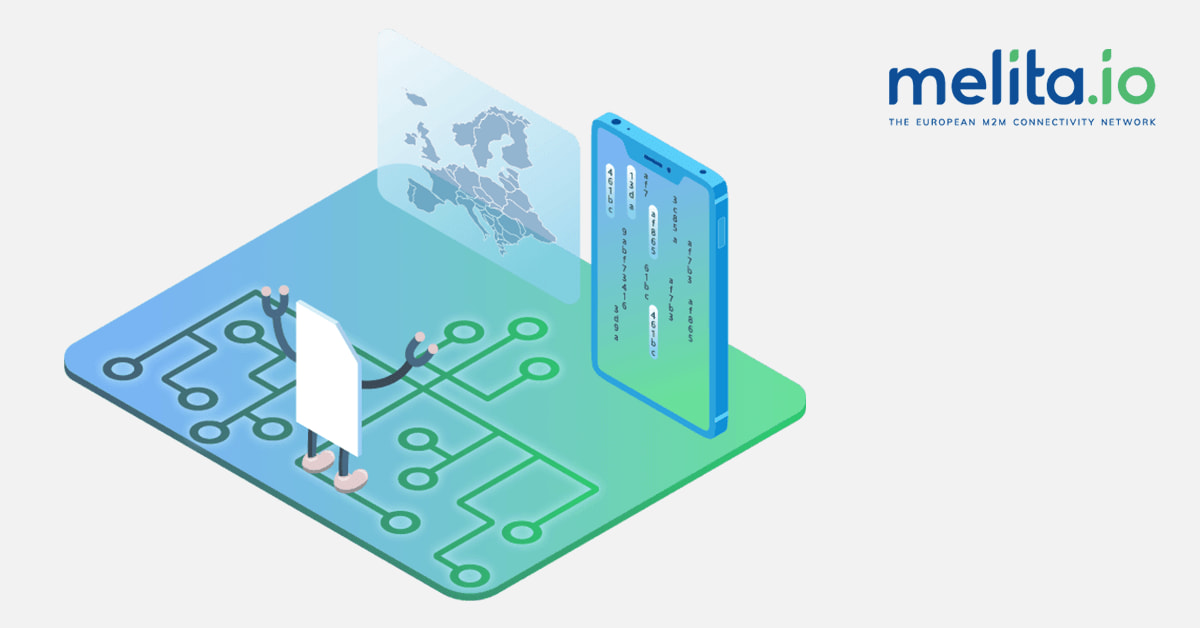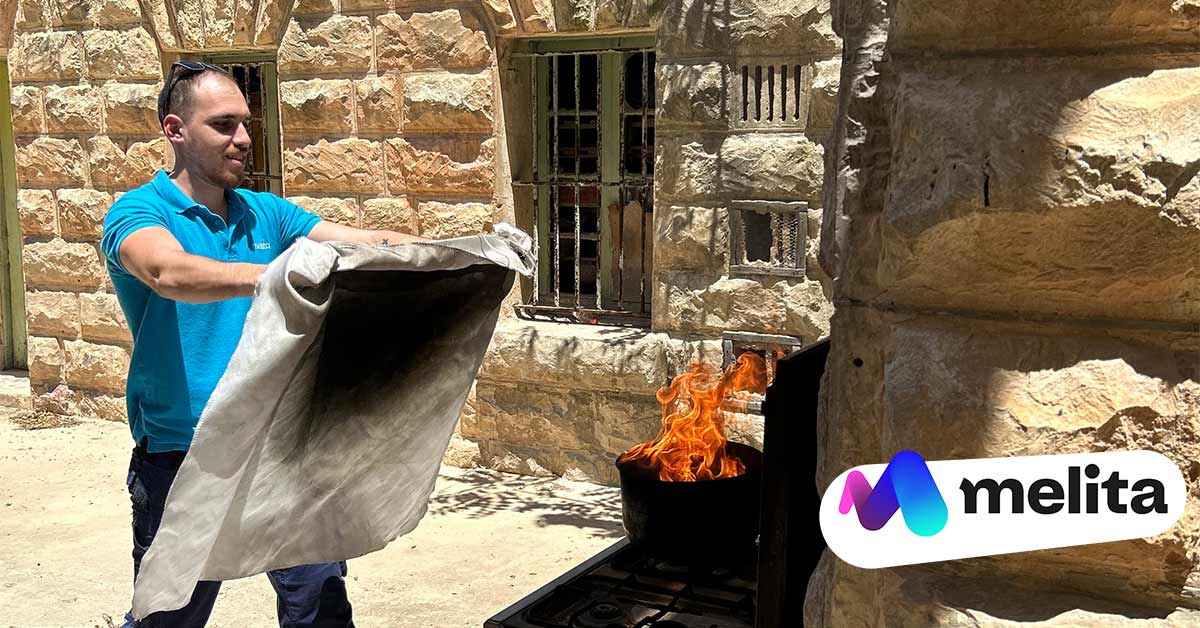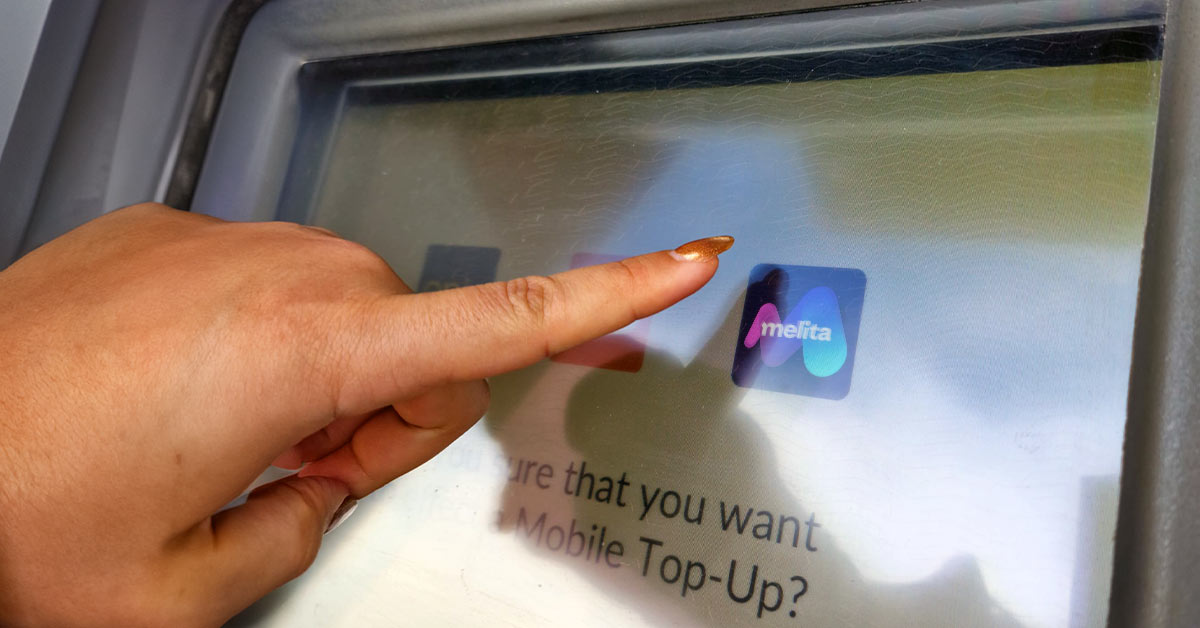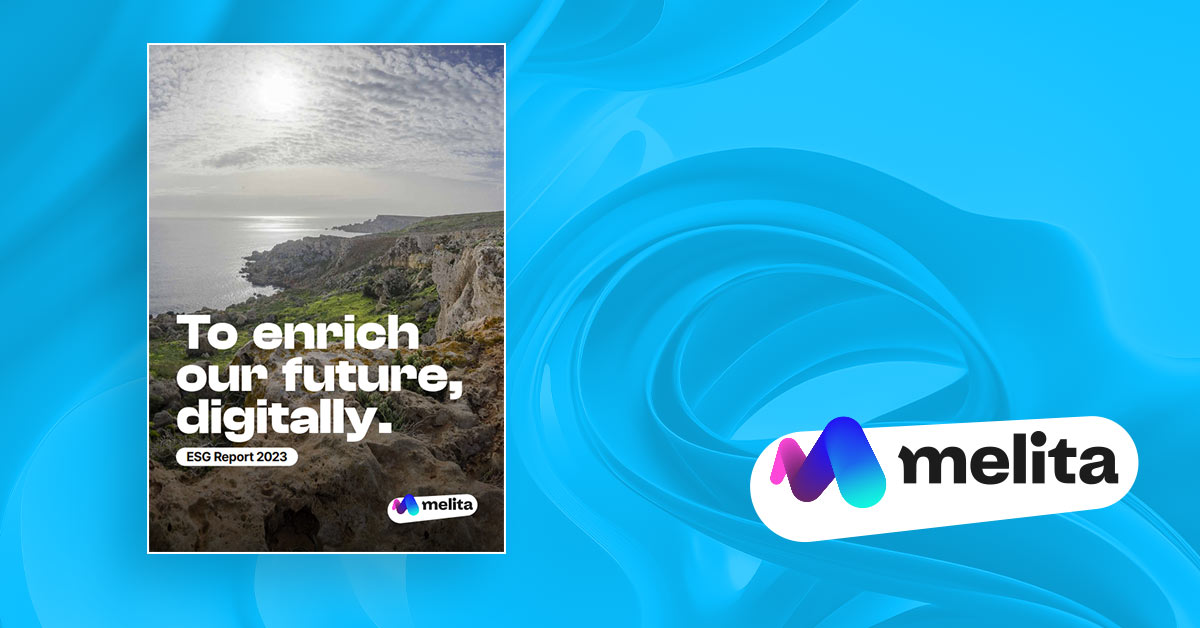
With apologies to J.R.R. Tolkien, I adapt this famous phrase to the Internet of Things as a follow-up to my recent article that focused on value creation. My premise then was that we shouldn’t focus on the technology itself but rather on the value that it can create. Inevitably though, we do need to talk about the technology, and most importantly the infrastructure needed to support it.
The one thing that we’re fairly sure of at this point, is that there will not be one single technology or connectivity solution to rule them all. As with other technology introductions, IoT is a great opportunity for engineers and marketeers alike to confuse us all with acronyms such as LORAWAN, SIGFOX, NB-IoT or LTE-M.
Mobile IoT and the IoT ecosystem
Melita, along with all the telecom industry, is investing heavily in this space. Telecom operators are betting on the combination of mobile network ubiquity for coverage and their high capacity fixed networks for back-haul. At Melita, we are so confident in the possibilities of IoT that we have setup melita.io – a dedicated brand focused exclusively on IoT. Our objective to be the connectivity layer for this industry in more than one way. We will connect IoT applications through our network whilst also connecting this huge industry into an ecosystem for collaboration and knowledge sharing.
Longer battery life, deeper underground.
The spotlight is currently on recent technologies such as Narrowband IoT (NB-IoT). This brings some game-changing possibilities: firstly the ability to reach further and deeper underground – even beneath the surface of the sea – and secondly extremely low power consumption that can extend battery life to a staggering 10 years. Implementing NB-IoT can be achieved over existing mobile networks and does not require building dedicated infrastructure.
These innovative mobile technology standards employed across the industry are designed to cater for various requirements which broadly fall into two categories: MASSIVE IoT and CRITICAL IoT.
Are you massive or critical?
MASSIVE IoT is where the primary consideration is the sheer volume of connected devices. This would be anything from parking sensors, farming sensors (cattle) or waste management sensors (skips and bins). Massive IoT refers to applications for which latency (network response time) is not the biggest priorty. The sensors and devices have low data requirements, but are required in huge quantities at low-cost and low-energy, all working on a network that has first-rate coverage and spanning large areas. (Above: IoT Analysis of cattle activity.)

CRITICAL IoT is where the consideration is more about the required speed at which the network responds. The most well-known examples are remote surgeries, precision production in factories and of course autonomous vehicles. The applications here are required to work accurately, as predicted, and without fail. Rather than devices that are just highly optimised to perform well, the entire eco-system here is designed and hardened to withstand the most rigorous and challenging environments. (Above: A surgeon (left) steers the da Vinci robot from a console. Source: BBC)
As Gandalf pointed out, “There are many magic rings in this world…” and there are many ways to adopt, adapt and benefit from the broad range of IoT technologies now available. Don’t be put off by the jargon and acronyms, do start considering first steps and how your business may benefit.
Let’s talk
If you’re looking at exploring how Internet of Things can help in your business, reach out to us on sales@melita.io or visit our website melita.io for some case studies of how IoT is helping in other industries.






